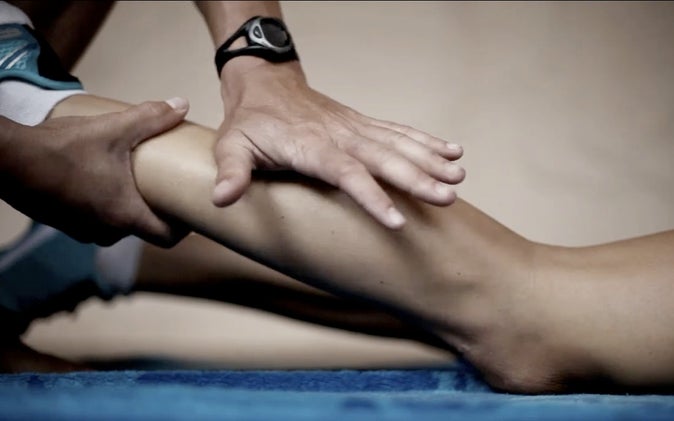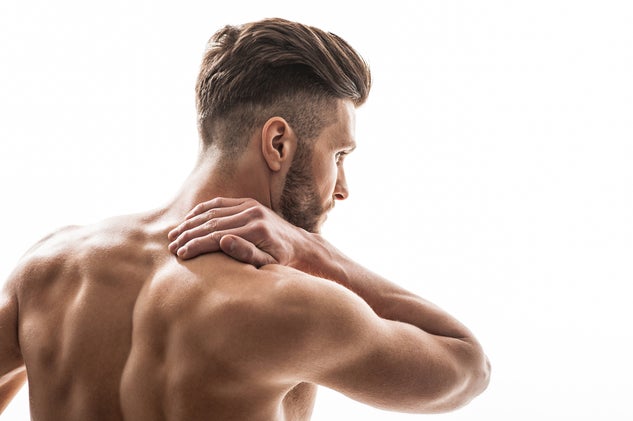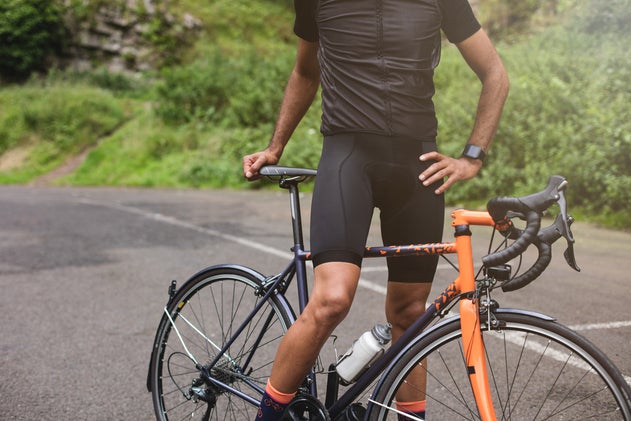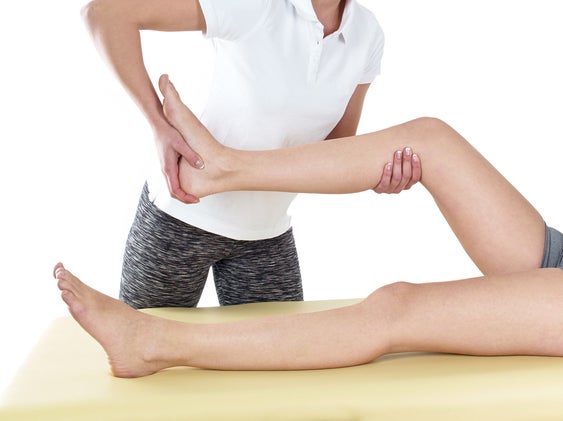New perk! Get after it with local recommendations just for you. Discover nearby events, routes out your door, and hidden gems when you sign up for the Local Running Drop.
 In the nearly 15 years I’ve been a sports medicine doctor and triathlete, I’ve been asked a lot of the same questions by my athlete patients. Here are the most common queries—and my medical advice:
In the nearly 15 years I’ve been a sports medicine doctor and triathlete, I’ve been asked a lot of the same questions by my athlete patients. Here are the most common queries—and my medical advice:
As my training volume goes up I want to constantly eat. Is this OK? Think of your body like a machine. As you exercise the machine more, it needs more fuel. It’s not abnormal to need nearly double your normal amount of calories when training kicks into gear. Particularly during longer bouts of exercise (lasting more than two hours), the body needs more fuel and will start to break down and become injured if you’re not careful. So feed the beast.
RELATED: Hunger After Long Workouts

My muscles ache all the time. Is that normal? Especially at the start of triathlon training, you bet it is. Muscle is connected to bone via tendon. Like a coral reef constantly being made and remade, the tissues of the body, muscle, tendon and bone are always in a state of flux. When loaded over time, through weight training, running, biking or swimming, they build strength. In the case of muscle and tendon, the tensile strength gains take time, often several months. As such, it is perfectly normal to feel a bit like you’ve been smacked with a 2-by-4 in the first month or two of training. But if the pain is so bad that it limits your ability to train, it’s important to get checked out.
RELATED: Treating Your Aches And Pains

After a ride, my “undercarriage” hurts. Should I just get used to the pain? When it comes to saddle soreness and even saddle sores, there’s a break-in period that happens. But if pain persists beyond the initial breaking-in phase, you could be riding the wrong saddle—or riding the right saddle in the wrong position. The key is to find the just-right butt-to-saddle match to alleviate too much pressure in delicate areas, which can result in erectile dysfunction in men and numbness in women. If you are experiencing these issues, get them checked out sooner rather than later—the saddle is most often the culprit. A good bike fitter can help troubleshoot the technical aspects of your bike setup.
RELATED: Skin Care Tips For Triathletes

How do I know when an injury is serious? Certainly some aches and pains are a normal part of triathlon training, but it’s important to recognize unhealthy pain—pain that changes how you move. If your swim stroke is altered by a sore shoulder, or your bike cadence hampered by an achy knee, or your run stride tweaked by a painful shin, get it checked out. Most injuries happen because the athlete isn’t listening to his or her body. I generally find that in all aspects of sports medicine, from doctors to physical therapists to nutritionists, athletes understand athletes, so consider seeing a health professional who’s also an athlete (there are a lot of us out there!). The best medicine involves someone who wants to keep you moving but also find out the cause of the injury. This might include addressing the mechanics of movement such as how you run, bike or swim and also trying to teach ways to prevent future injury.
Jordan D. Metzl, M.D., is a nationally recognized sports medicine specialist at Hospital for Special Surgery in New York City who has run 29 marathons and finished nine Ironmans. Drjordanmetzl.com
For more from Dr. Jordan Metzl check out his “Med Tent” video series on Triathlete.com.